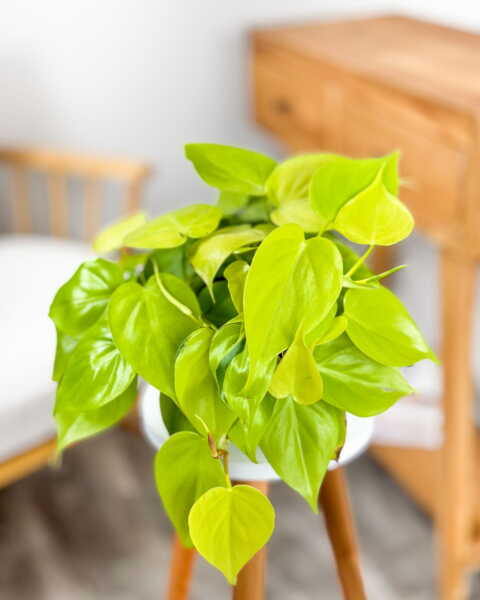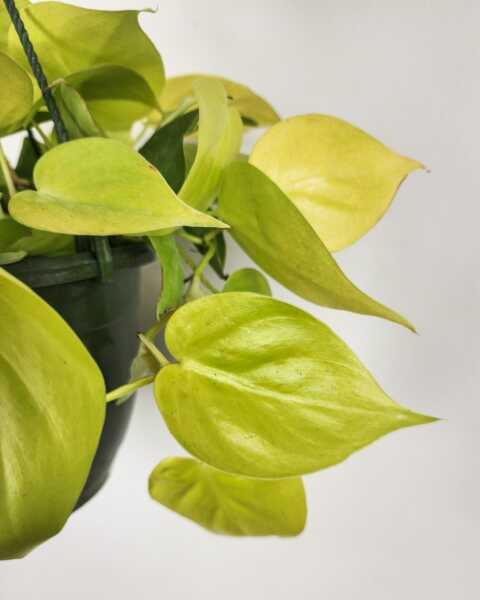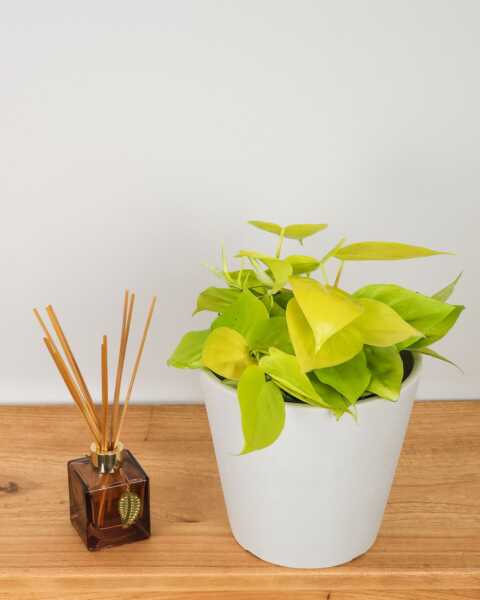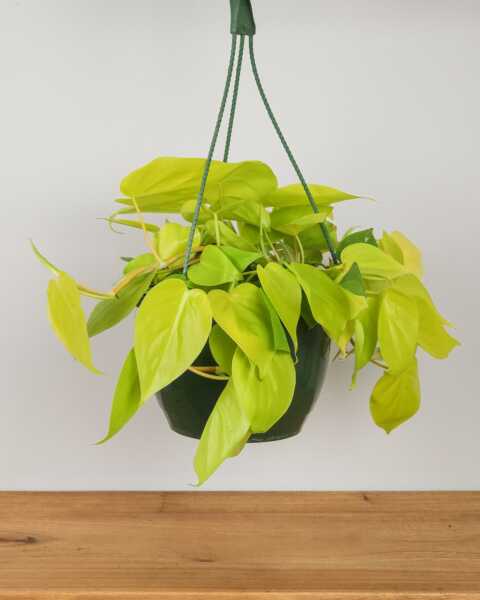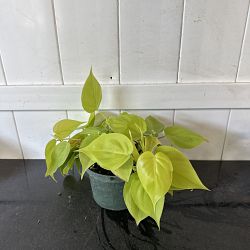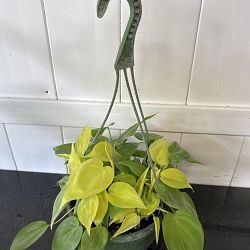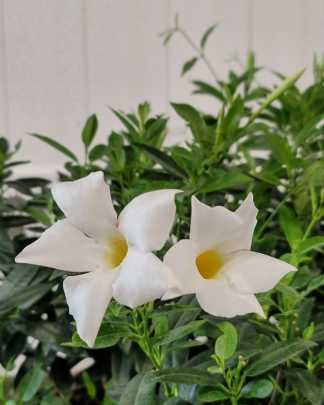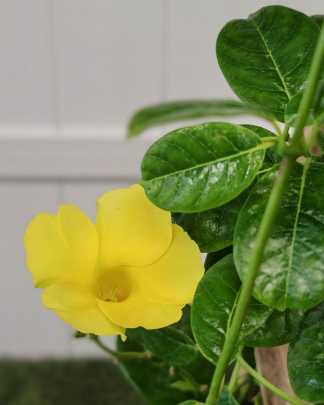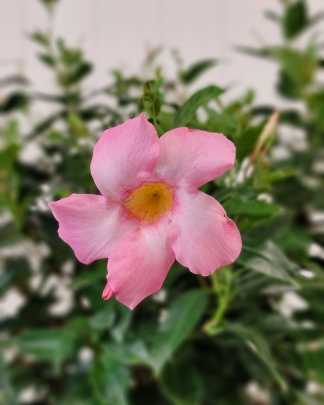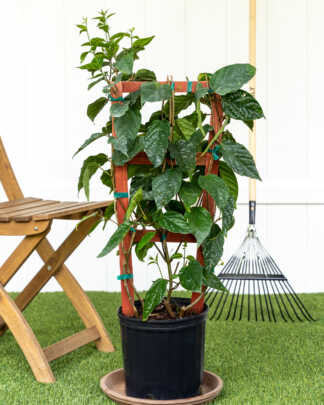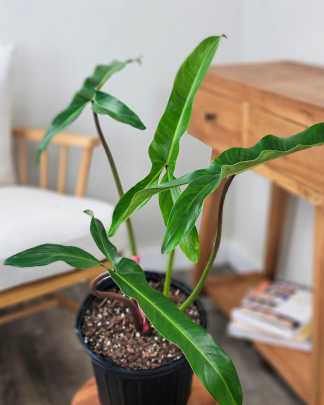Description
Caring for your Heart-Leaf Philodendron
Despite being a native to the South American rainforests in Brazil, where temperatures are incredibly steamy and humid, the surprising aspect of this plant is that you can easily grow it indoors as well as outdoors.
Light
The plant enjoys bright light; however, make sure that you do not put it under direct sunlight because it is prone to leaf burn. It is better to place it in a spot where the sunlight is entering the home while also being filtered up.
Nonetheless, being a small plant that habituates dark tropical shaded forests, you can expect the plant to easily tolerate a wide range of lights ranging from low to high. However, placing it in a brighter location will result in more pronounced color variations.
Water
These plants like to remain slightly on the drier side when it comes to soil. It is, however, important to make sure that 50 percent of the soil is dry before you can load it with water.
The frequency at which you need to water the plant will vary according to where you place it. For instance, if you put it in a sunnier location, then you will have to water more than if you place it in a low-light environment.
Another thing that will determine watering frequency is the type of pots you are using. If you see that an entire leaf is turning yellow, this could be a sign of overwatering. On the other hand, if you see brown edges and tips on the leaves, this could indicate under-watering problems.
Soil
Potting and repotting this plant involves making observations and judging whether it is time to repot the plant. One reason why you would consider replacing the pot is to manage the root size.
Another reason why you will have to repot is when you need to replace the soil of the plant. When changing the soil, try combining one part potting soil, one part orchid bark, and one part Perlite along with a well-draining mixture.
Fertilizing
It is ideal to use a fertilizer that pairs well with a tropical soil potting mix. Moreover, it is important that you fertilize during the growing seasons, which are spring, summer, and fall. Winter is when the growth rate declines. This is why it is best to cut out the leaves at that time instead of feeding them.
Common Issues
These plants are generally not vulnerable to any common pests and diseases. However, you have to be careful of the most common pest infestations. These include some houseplant pests, such as fungus gnats, mealybugs, and spider mites.
If you regularly inspect the plants for any signs of microbial invasions and routinely take precautionary measures, you do not have anything to worry about.
Pruning
Under optimum conditions, philodendron will grow at a fast rate. Since they develop long vines, it is best to place them at a high altitude. Sometimes the length of their vines can grow out to unmanageable sizes. This is when you have to resort to pruning in order to keep them under control.
When pruning, make sure that you use sterile cutting equipment, such as scissors, shears. Cut from the stems, and when you do so, do not throw away the stems. This is because you can use them later for propagation.
Propagation
For propagation, you want to look for some leaf nodes and aerial roots. After locating them, you will benefit from cutting right below them and propagating them into either water or soil. The watering method is better as it allows you to observe the root growth and see how it is progressing.

